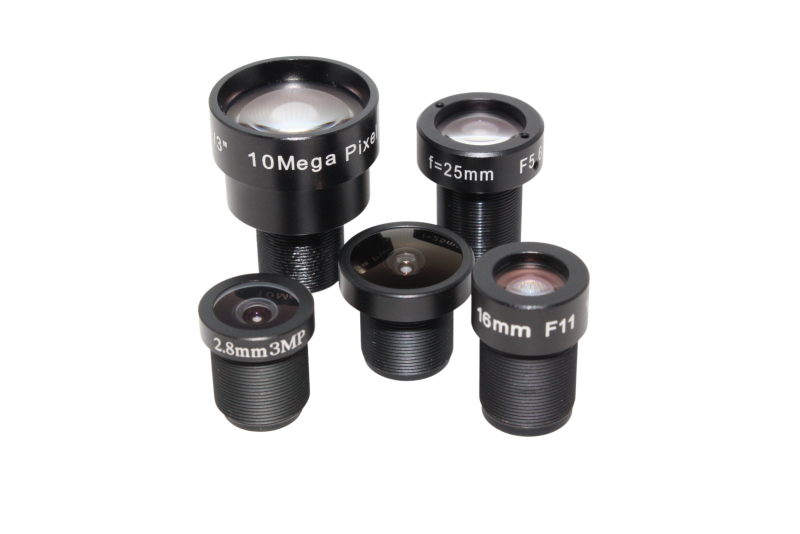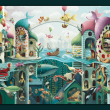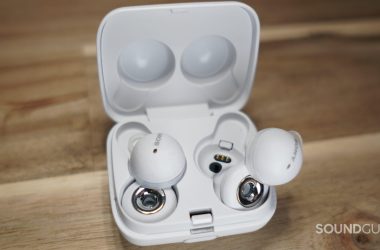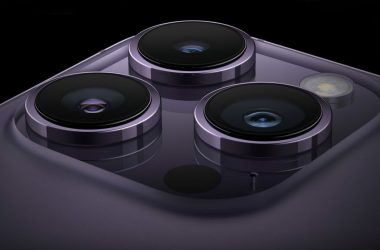Machine and embedded vision applications are seeing innovation through faster and better image sensors, interfaces with ever greater bandwidths, simpler integration and increased on-board processing power. Paul Wilson, Scorpion Vision’s Managing Director, charts current trends in components and cameras.
Ultra high resolution image sensor:Image sensor megapixel counts are increasing, which allows industrial cameras to capture better detail. This means that microdefects can be detected and that one camera can cover a larger area. Many applications that used multiple cameras in the past can now be done with one high resolution camera. This allows for huge cost savings, reduced complexity, management, and capital outlay. A single camera can be used to eliminate the need to combine multiple images, which results in performance improvements and shorter image processing times.
Larger lenses: the bigger the sensor, the larger the pixel area and the better the image quality…higher resolution sensors go hand in glove with larger lenses if a ‘tunnel effect’ is to be avoided. This is a crucial consideration when designing machine-vision systems. C-mount lenses are made for sensors that are less than one inch. Any larger or more narrow aperture lenses will be required.
Micro lenses:On the other end of the spectrum, M12 miniature lenses are in high demand. These lenses can be used in embedded cameras, drones and robotics as well as autonomous vehicles. This popularity can be attributed to the fact that these lenses have become more versatile in recent years. These miniature lenses can now be integrated into machine vision cameras, making them extremely compact. This is especially useful in areas where space is limited and cost savings are important.
Application technologies for filteringAlthough the use filters to block out certain frequencies of light is not new technology, the technologies that allow industrial cameras to apply filters are improving. M12 lens adapters, for example, allow ambient light to be filtered in the same way that c-mount lenses do. This allows M12 lenses to be used in light sensitive areas, such as robotics systems for factories that are subject to constant changes in ambient light. Filters that limit light to the near infrared band are commonly used to reduce variations in ambient light.
Protocol 10 GigE10GigE, the successor of GigE offers the same benefits with a tenfold increase data rate and framerate. Let’s go back in time. Historically, machine vision system designers had the option of using either GigE or USB3 to transmit high-speed video and other data over ethernet networks. The length of the required cable, which in turn was related to the number and size of cameras, was the main determinant of this decision. USB interfaces are rated for a maximum length of five metres, while GigE interfaces can operate with cables up to 100 meters. One GigE interfaces are slower than USB3. A USB3 cable can transmit data fivefold faster than a One GigE network. The introduction of 10GigE will allow high-performance image sensors, which were previously limited by the bandwidth available to them, to be realized and exploited.
Vision embedded:These low-cost cameras are becoming more common in the industrial world. The main difference in embedded vision and machine-vision is that embedded camera technology has a much smaller data processing capacity. This makes it more suitable for gathering data, which can then be analysed on a cloud-based platform. It is also better at making decisions in real time and processing online data. There are many examples of embedded cameras being used commercially: in vertical farms, they monitor and adjust ambient conditions for optimal plant growth; in retail, they are used in stock-taking robotics.
Stereo vision for the massesStereo vision was a skill that required expensive software and was considered the exclusive domain of specialists in the past. Companies such as Arducam have developed stereo vision sensors at a low cost. These cameras can now be paired with open-source stereo vision AI algorithms and 3D capabilities. This will allow for systems that are highly proficient at depth sensing. For example, a robot that navigates around a warehouse. The limitations of this technology should be respected though – the hardware isn’t capable of tasks that require accuracy and repeatability, which is the domain of traditional and dedicated machine vision cameras.
Scorpion Vision offers a full range of industrial cameras. These include low-cost, low resolution embedded cameras, boards, and high resolution cameras with large sensor sizes for more demanding machine vision applications. Scorpion’s expansive catalogue of hardware and software products provides state-of-the-art building blocks for OEMs and system integrators. Scorpion is the UK and Ireland representative of HIKROBOT and The Imaging Source, Arducam, Hypersen, and Hypersen for industrial cameras and accessories.










